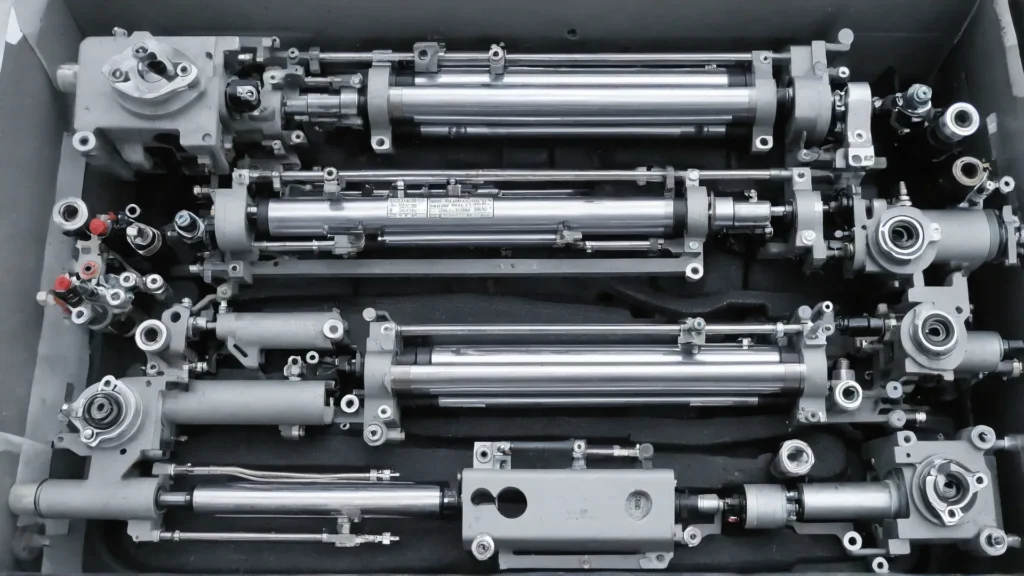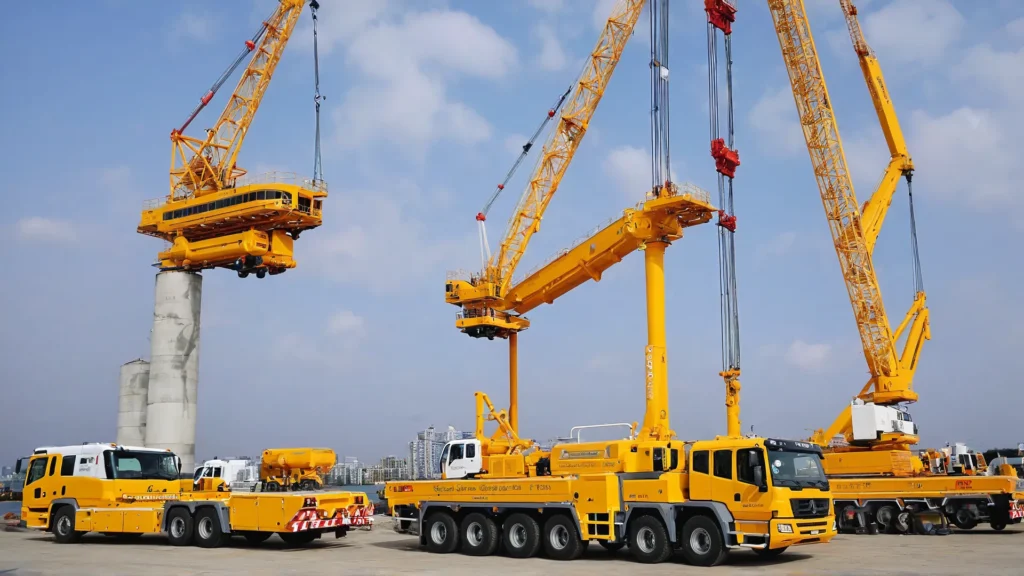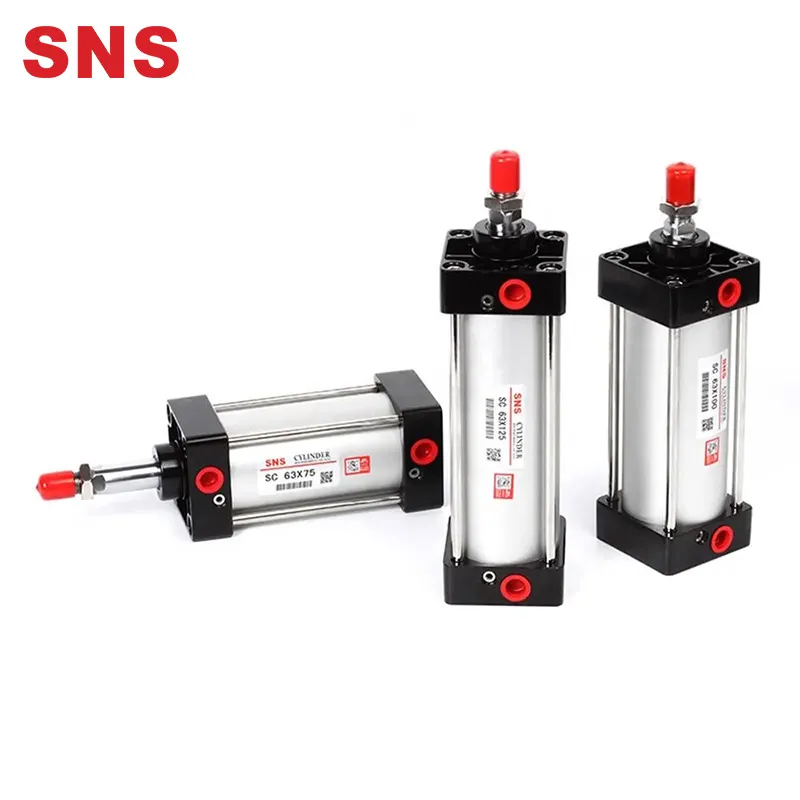Tandem Cylinder Working and Application
Have you ever wondered how hydraulic systems achieve precise control and increased power output?
Tandem cylinders are the answer, combining two cylinders in a single unit for enhanced performance.
This innovative design allows for multiple stages of operation, making them ideal for various industrial and mobile applications.
Let’s explore the working principles and diverse uses of tandem cylinders.
What is a Tandem Cylinder?
A tandem cylinder is a hydraulic component that combines two cylinders in series to provide multiple actions from a single input.This configuration allows for sequential or simultaneous movement of the cylinders.
The primary advantage of tandem cylinders is their ability to generate higher forces compared to single cylinders of similar size. This is achieved by utilizing the combined pressure from both cylinder chambers. Tandem cylinders also offer enhanced precision and stability in applications requiring precise movement control.
These cylinders find widespread use in various industries, including construction, manufacturing, and aerospace. They are particularly valuable in heavy-duty equipment, material handling systems, and precision machinery where high force output and accurate positioning are crucial.
Tandem Cylinder Construction
- Barrel: The barrel is the outer casing of a tandem cylinder, designed to withstand high pressures and ensure smooth piston movement.
- Piston: The pistons create force output within their respective chambers.
- Piston Rod: The piston rod transfers the combined force from the pistons to the external load.
- Head: The head seals one end of the cylinder, preventing fluid leakage and contaminant ingress.
- Base: The base seals the other end of the cylinder and typically houses the fluid ports for the rear chamber.
- Ports: Ports enable fluid ingress and egress, allowing independent control of each chamber.
- Seals: Seals prevent fluid leakage and ensure proper functionality of the tandem cylinder.
How does a tandem hydraulic cylinder work?
Tandem hydraulic cylinders operate by utilizing two separate chambers within a single cylinder body. Each chamber contains its own piston, connected by a common piston rod. Hydraulic fluid is pumped into these chambers independently, allowing for precise control of the cylinder’s movement and force output.
When hydraulic pressure is applied to both chambers simultaneously, the force generated by each piston is combined. This results in a significantly higher overall force output compared to a single-chamber cylinder of similar size. The tandem design allows for greater power in a compact package.
The independent control of each chamber enables versatile operation modes. For instance, one chamber can be used for primary movement while the other provides fine adjustment or counterbalance. This flexibility makes tandem cylinders ideal for applications requiring both high force and precise positioning.
Tandem cylinders often incorporate advanced sealing systems to prevent fluid leakage between chambers. This ensures efficient operation and maintains the integrity of the hydraulic system. The design also allows for redundancy, as one chamber can potentially continue functioning if the other fails.

What are the applications of tandem cylinders?
- Construction Industry: Tandem cylinders power heavy machinery like excavators and cranes, enabling the lifting and movement of large loads due to their high force output in a compact form.
- Manufacturing: These cylinders are used in presses and stamping machines, providing consistent force for shaping and forming materials, ensuring high-quality output in metal forming and plastic molding processes.
- Aerospace: Tandem cylinders are utilized in aircraft landing gear systems, offering reliable and powerful actuation, with redundancy enhancing reliability even if one chamber fails.
- Material Handling: In systems like forklifts and automated guided vehicles, tandem cylinders facilitate lifting and positioning tasks, providing smooth and controlled movement for safe and efficient operations.
Advantages and disadvantages of Tandem cylinders
Advantages
Tandem cylinders offer increased force output compared to single-chamber cylinders of similar size. This allows for more powerful operations in a compact package, making them ideal for applications with space constraints. The dual-chamber design provides enhanced control and precision, enabling fine-tuned movements in complex machinery.
Tandem cylinders also offer improved reliability through redundancy. If one chamber fails, the other can potentially continue functioning, ensuring operational continuity in critical applications. The independent control of each chamber allows for versatile operation modes, such as using one chamber for primary movement and the other for fine adjustments.
Disadvantages
The complex design of tandem cylinders results in higher manufacturing costs compared to single-chamber cylinders. This increased complexity also leads to more challenging maintenance procedures, potentially requiring specialized skills and tools for repairs and servicing.
Tandem cylinders are generally heavier than their single-chamber counterparts due to the additional components. This added weight can be a disadvantage in applications where minimizing overall system weight is crucial. The dual-chamber design also increases the risk of internal leakage between chambers, which can affect performance if not properly addressed through high-quality seals and regular maintenance.
Conclusion
Tandem cylinders enhance hydraulic systems with increased force and precise control. Their versatility makes them essential in construction, manufacturing, aerospace, and material handling.
Consider integrating tandem cylinders into your operations to improve efficiency and performance. Explore further to discover their full potential.

